Bandai Namco is one of the eclectic publishers, it’s kinda difficult to pin down what exactly they’re all about. Ubisoft are publishers usually driven to create immersive, expansive open worlds, Sony often places an emphasis on cinematic presentation and narrative and EA likes money; they all kinda have some form of speciality that they’re known by.
Bandai Namco on the other hand, well they’ve never really boxed themselves into a corner, releasing everything from punishing RPGs, arcade flight simulators and incredibly popular fighting games; their range is broad and dignified with plenty of success stories. It’s clear that Bandai Namco is even more interested in maintaining this far-flung net of theirs as after sitting through their Gamescom presentation and getting some time on with their upcoming releases, fans of the publisher and the franchises they work with have a lot to be excited about.
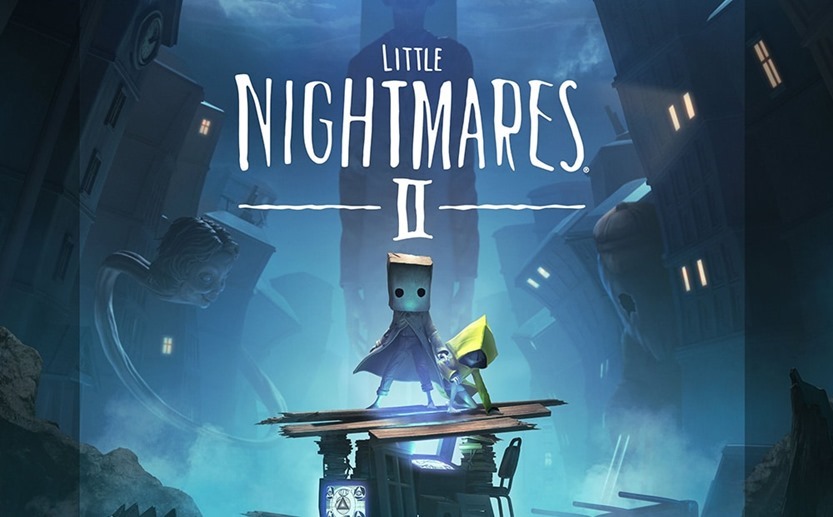
I’m going to focus largely on what I got to actually play. Bandai Namco had a lot of announcements to make this year but many of them are still fairly far off into the future. If I could, I’d dedicate the rest of this piece to Little Nightmares 2 because it’s Little Nightmares 2 but seeing how all we have to go on for that are some screenshots and trailer, I couldn’t really offer much up other than “HYPE!”. So to provide the rest of this feature some semblance of direction, I’m going to offer up my thoughts on those games are that are coming out in the foreseeable future that I got some one-on-one time with because while the bag is certainly mixed, the good definitely dilutes the bad.
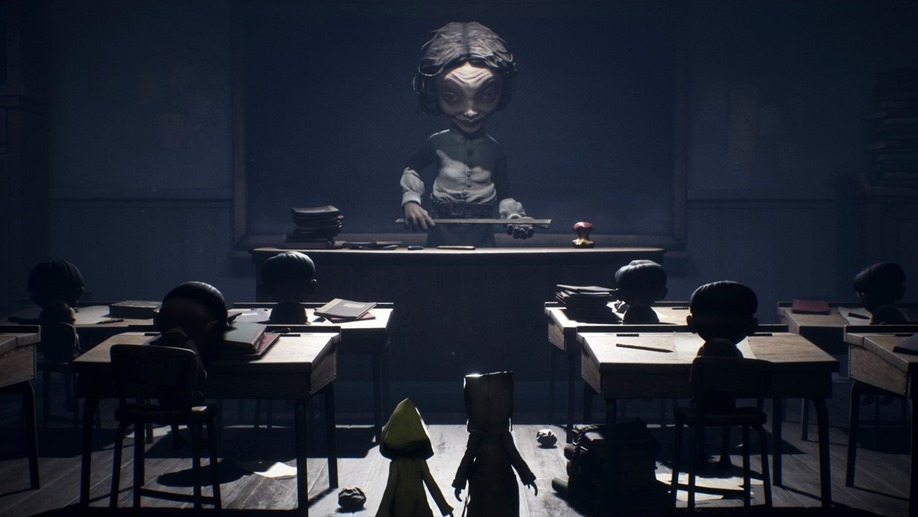
First off was Man of Medan, the first part of The Dark Pictures Anthology by SuperMassive Games. Evoking a style that’s almost identical to Until Dawn, the studio’s previous interactive narrative game, Man of Medan plays out just as you’d expect to. Lots of binary choices, light exploration and puzzle solving and building up relationships with characters, forced to face down the unknowable consequences of your actions. It’s exactly what people who adored Until Dawn have been looking for exactly what people who hated Until Dawn will never want to touch. Man of Medan features some stellar motion capture and some melodramatic acting (I assume as a choice) but at its core it’s almost identical to Until Dawn. For some looking doe Super Massive to experiment with something new, that’s gonna be disappointing but for players like me that adore Until Dawn and have been desperate for that brand of self-aware interactive horror, Man of Medan should provide everything we’re looking for.
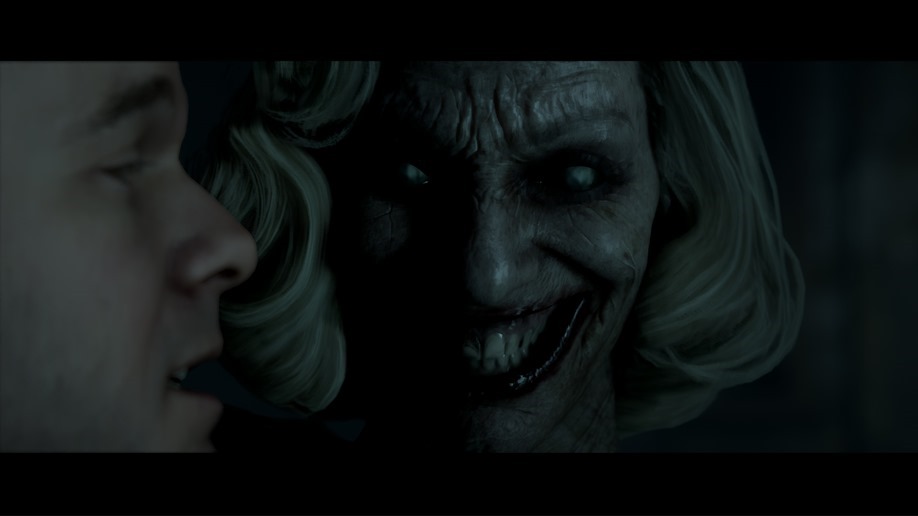
Next up was RAD, a rogue-like RPG developed by Double Fine which is clear after looking at the game for longer than 2 minutes. It’s vibrant, bright and quirky with an offbeat colour pallet to match its absurd humour. You’ll be venturing out into a post-apocalyptic wasteland in search of supplies and weaponry, trying to make it as far as possible and accumulate as much loot as possible and eventually save the entire world. It’s a familiar if somewhat uninspired gameplay loop that will be familiar to anyone who’s ever ventured into a Gungeon or tried to Bind Isaac.
What sets RAD apart from other rogue-likes is how perks are implemented, taking the form of mutations that sprout from your body the longer you’re active in the radioactive wastes. As with most mutations, there’s a chance you could develop flaming fists to sling fireballs at your foes, or grow a pouch of skin to improve your storage space; or you could get very unlucky and grow orange filters over your eyes, turning the world into a perpetually discoloured mess. It’s a game that toes the line between frustrating and challenging and while I wasn’t able to quite determine which side it most efficiently landed on, I could definitely see myself playing more of it.
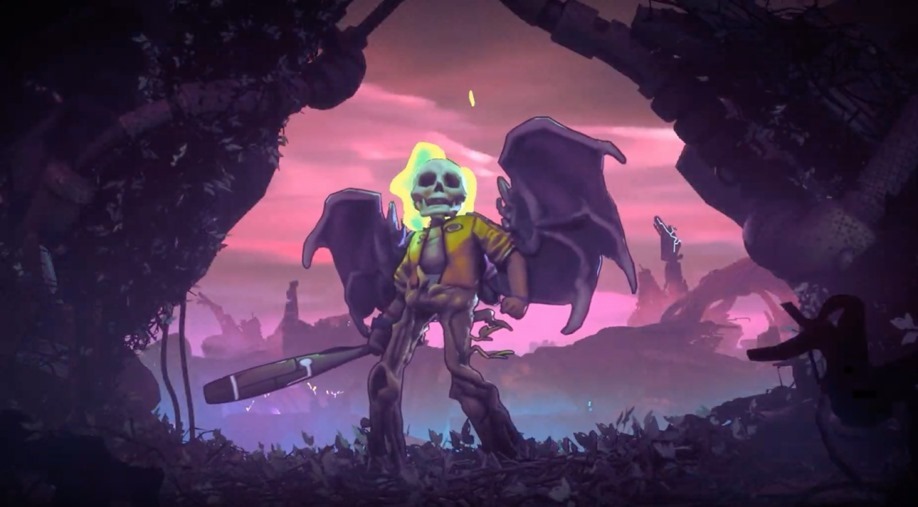
Code Vein was the game I knew least about going into the presentation and it was the one that I clicked with fastest. That isn’t to say I entirely enjoyed it but I understood what Code Vein was trying to do. What I thought was going to be a brawling hack-and-slash action game turned out to take far more inspiration from a Souls-like game than I had anticipated. A bonfire-esque mechanic, limited healing charges, secret items hidden behind shortcuts; it was explicitly clear where the developers were drawing much of their inspiration from and while I adore that style of explorative RPG, Code Vein just didn’t feel right to me.
The combat, while fantastically stylish was exceptionally busy with many of the animations taking so long or appearing so needlessly convoluted that I was incapable of accurately following the movements of my enemies, many of which lack distinct features that display when they launch an attack. The result was a game that wanted me to really appreciate how cool it’s combat looked but ultimately sacrificed how functional large sections of it were. Also, your AI companion doesn’t shut up. Which was just annoying.
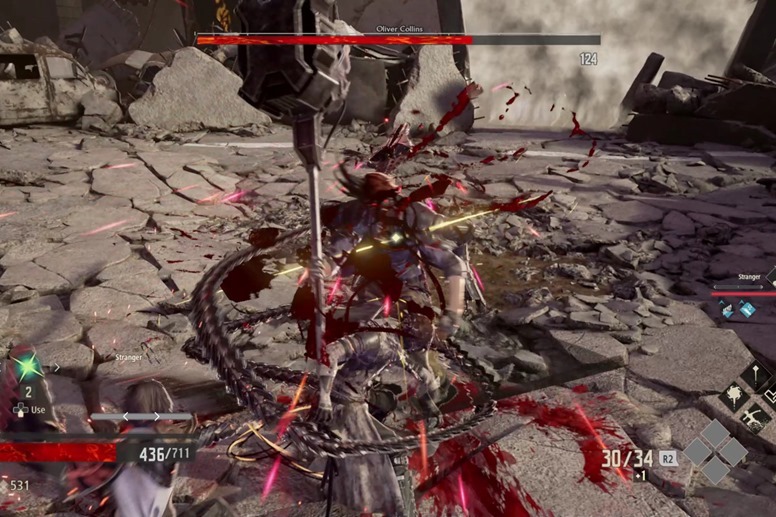
The last game I got to try was Dragonball Z: Kakarot, the next in a long line of DBZ role-playing games and I have to say that I think it was a damn good time. Lifting large portions of the combat system from games like Xenoverse 1 and 2, Kakarot is seemingly trying to bridge the gap between a hardcore fighter like FighterZ and the more open-ended games in the Dragonball franchise. The result is a combat system that feels like it has far more depth than previous RPG entries while never proving to be needlessly dumbed down or overly complicated to pull off obviously over-the-top combos.
Yet what stood out to me was how much the developers were paying attention to the world of Dragonball rather than just the combat. Players can eat, fish and explore the world to their hearts content with each activity paying off with some kind of stat bonus or boost to your skill points. Dragonball Z: Kakarot looks to be ultimate DBZ game that expands on the bear bones systems of Xenoverse while providing a more diverse gameplay experience than FighterZ. Fans of DBZ are going to adore it while players wanting a power fantasy with a zany world to mess around in for hours on end will find exactly what they’re looking for here.
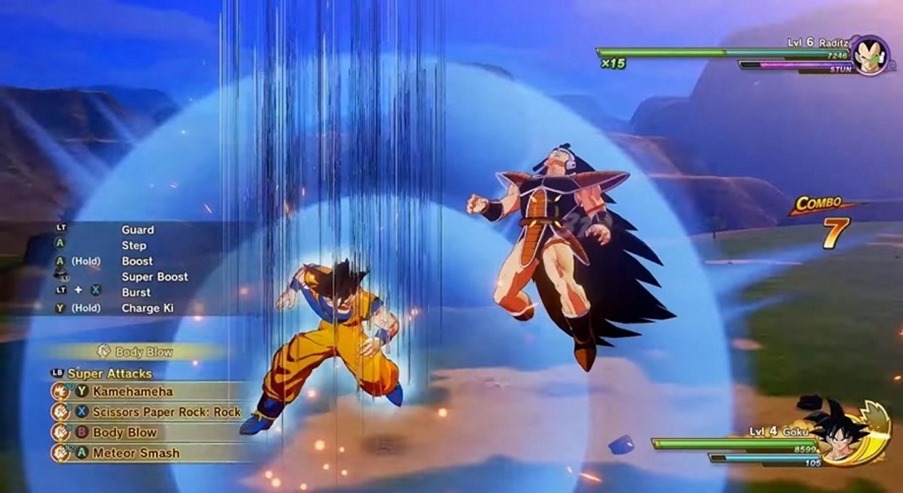
As I said early, Bandai Namco had a lot of other games to talk about. One Piece: Pirate Warrior 4, One Punch Man: A Hero Nobody Knows and Little Nightmares too but I didn’t get hands-on with any of these and I thought it would be unfair to give my thoughts on games I hadn’t properly experienced yet. If anything Bandai Namco looks to be clamping down on their goal of bringing more Japanese made games to Western audiences while also trying to cultivate a large production base outside of Japan. The result was a series of games that were so wildly different from one another that it would be difficult to say without a doubt that they’d all originated from the same publisher. That being said, I think Bandai Namco is going to offering a lot of different experiences for players looking for different things out of their games and fans of these franchises and developers should not be disappointed.
Last Updated: August 26, 2019





















